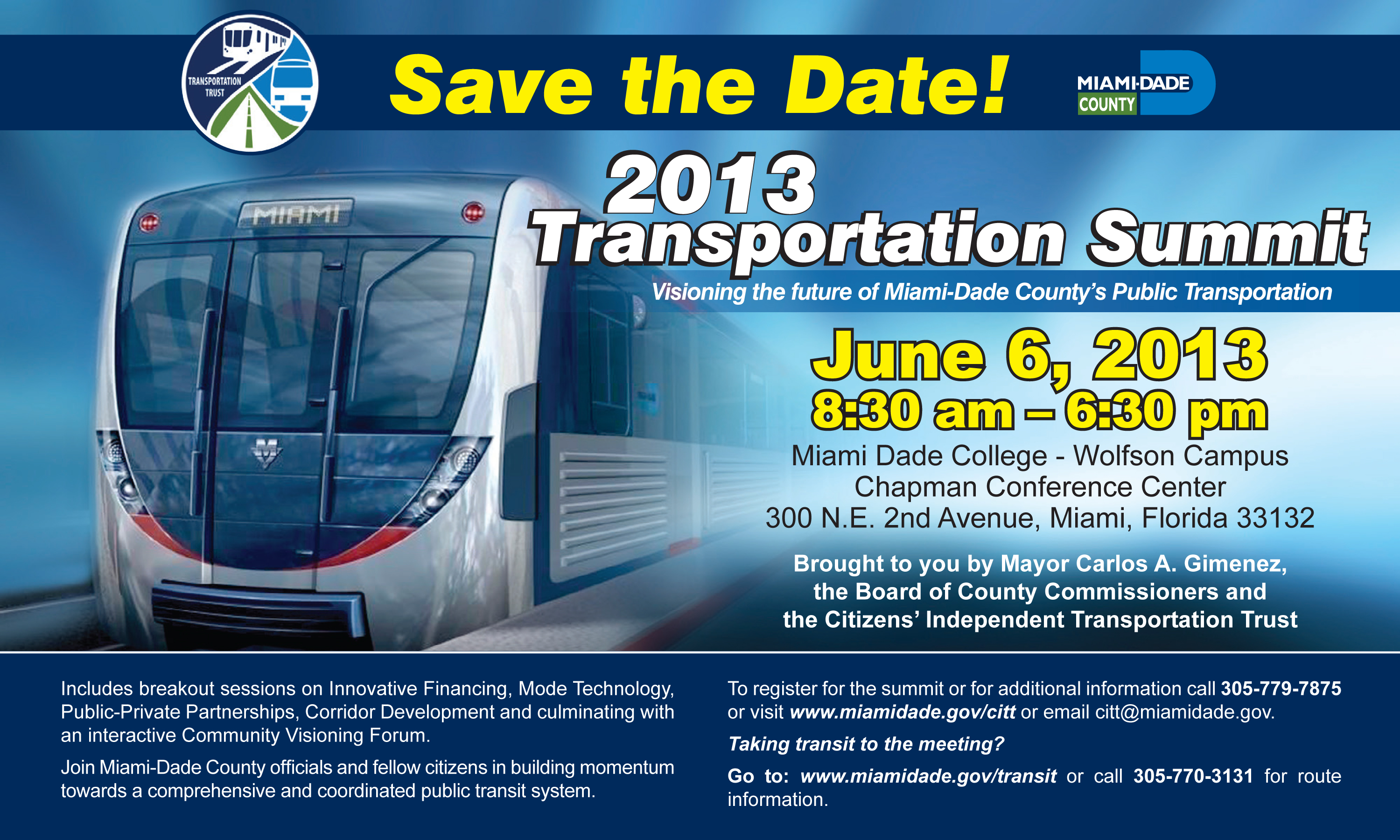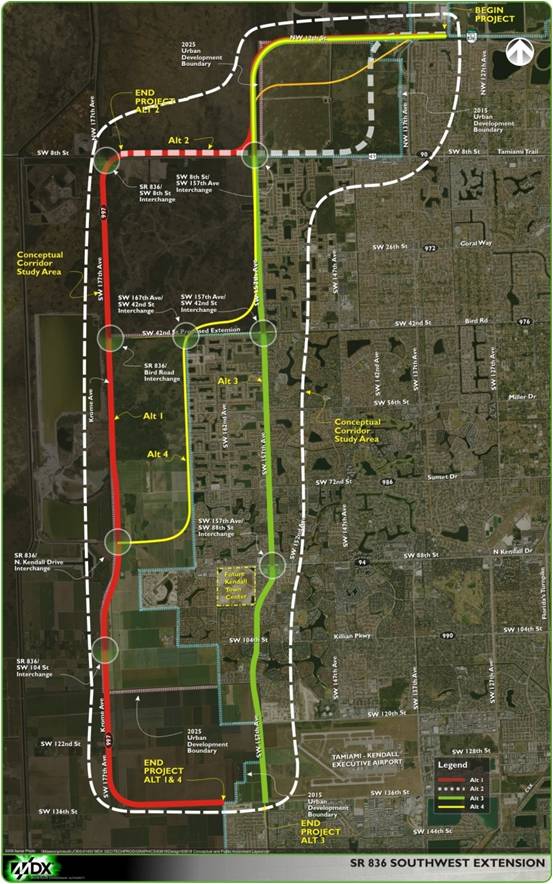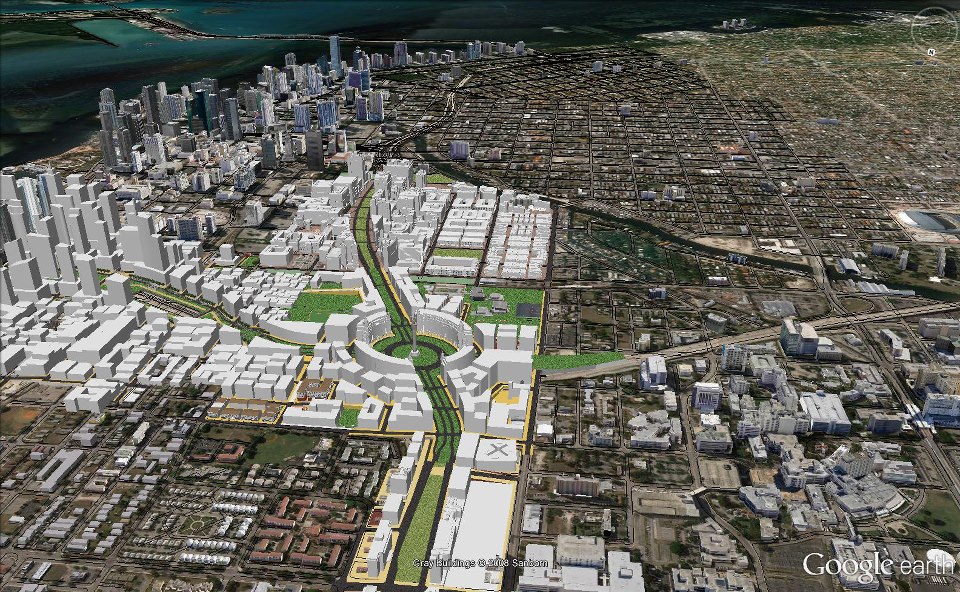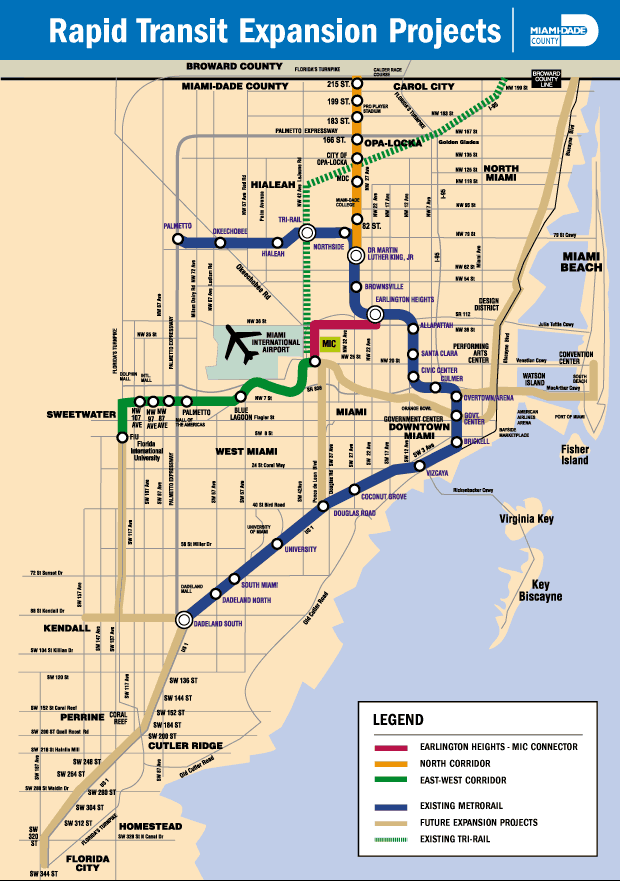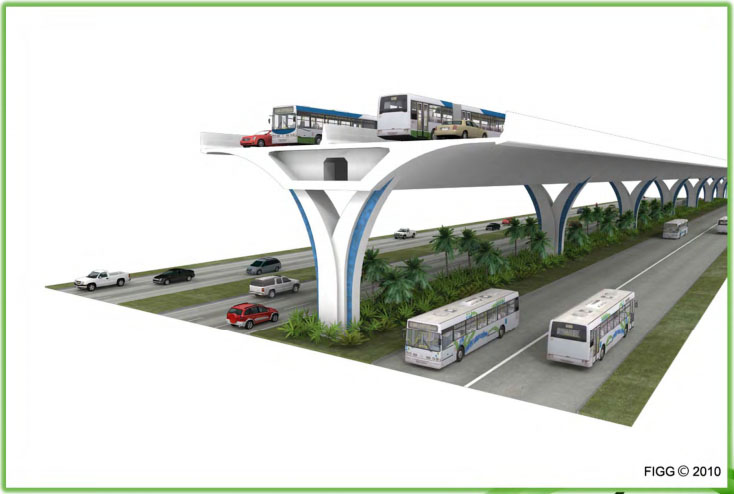We have been working together with Commissioner Xavier Suarez to address the MDX’s plan to increase tolls and expand highways. He penned the following letter to the MDX board which hits the nail on the head:
Open letter to MDX Members:
I have recently been briefed by your chairman and have exchanged letters of inquiry with your executive director.
My main concern is what appears as an ever-increasing effort to impose user fees (by means of tolls) on motorists traversing what are essentially urban arteries.
As a general rule, the idea of charging users for roads already built and whose cost for maintenance is low (due to our favorable weather conditions) contradicts the logic of consumption of public goods, whose fixed costs are high but whose marginal cost of each user is minimal.
The agency was given authority, some 16 years ago, for five expressways in our county. Some of those were underused at the time and are still not particularly congested. In return for that grant of authority and control, the agency “defeased” (assumed the obligation for) a mere $60 million previously owed by the state.
Since that time, you have increased the debt to over $1.2 billion, meaning that you have increased debt for those urban roadways by a staggering 2,000%!
A big chunk of that new debt, comprising more than a quarter billion dollars, was spent on reconstructing interchanges. Aside from the wisdom of spending such huge amounts in just connecting existing roadways, it is apparent that no thought was given to what economists call the “transactional cost” of such improvements – meaning the amazing disruption of traffic patterns, the bewildering confusion for motorists, and the additional congestion during the transitional period.
Now it appears as if the agency wishes to tax us at all points in the system, comprising a daily charge of as much as $8 round-trip for folks commuting from the southernmost tip of Miami-Dade to the northeasternmost tip.
I have lived in four American cities: Washington DC, Philadelphia, Boston and Miami. In none, except Miami, has it become necessary to charge motorists for use of normal roadways in the metropolitan area.
Your proposed new tolls, covering the entirety of SR 836, and including a cost of living increase, are nothing short of cruel and unusual punishment for urban dwellers who have very little alternative due to our inefficient and overly costly system of mass transportation.
I am also concerned about what appears as a doubling of the interest expense from FY 2010 to FY 2011, from approximately $19 million to about $38 million.
It should be noted, in that connection that if you combine the $38 million paid in annual interest payments to the $24 million paid in annual operating expenses, the cost to maintain the system exceeds the entire initial debt. In other words, more is being spent on a yearly basis to maintain these five expressways than the entire debt obligation assumed 16 years ago.
Our county notoriously pays more in state taxes than it receives. By accepting responsibility for five essentially completed expressways and taxing users going forward for expansion thereof, your agency has aggravated the inequity of our transportation cost-benefit equation, when considered vis-a-vis the rest of the state.
I should also mention the bewilderment felt by our thirteen million visitors, when they see signs that say “no cash allowed” or “all cash vehicles must leave the expressway.” When you add that confusion to our strange system of highways, where no lane is safe from disappearing or flowing in a totally different direction, the overall effect is to disinvite those that make up our key industry.
Based on the above, I urge you to delay this decision until you have considered every other possible alternative.
Thank you in advance for your consideration hereof.
Very Truly Yours,
Xavier L. Suarez
Way to go Commish! this is much needed clarity and leadership from the BCC. #vision #leadership

